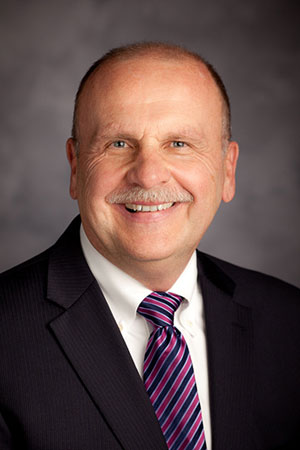2017 National Healthcare Quality And Disparities Report
For the 15th year in a row, the Agency for Healthcare Research and Quality (AHRQ) has reported on progress and opportunities for improving healthcare quality and reducing healthcare disparities. The 2017 National Healthcare Quality and Disparities Report recently was made available. It tracks more than 300 healthcare process, outcome, and access measures, covering a wide variety of conditions and settings. The report and chartbooks are organized around the concept of access to care, quality of care, disparities in care, and six priority areas, including patient safety, person-centered care, care coordination, effective treatment, healthy living, and care affordability. Trends show that about 55% percent of quality measures are improving overall for Blacks, however, most recent data in 2014-2015 show that about 40% of quality measures were worse for Blacks compared with Whites. Trends also show that about 60% of quality measures are improving overall for Hispanics, but in 2014-2015, nearly one-third of quality measures were worse for Hispanics compared with non-Hispanic Whites. The report can be obtained here.
Interoperability Among Health Care Technologies
While health care has made great strides in the proliferation of electronic health records, establishment of regional health information exchanges, and development of data exchange standards and interfaces, interoperability among health care technologies remains quite limited, according to a report from the National Academy of Medicine that recently was made available. Interoperability is the ability to deliver data seamlessly and automatically across time and space from and to multiple devices and organizations. A lack of interoperability results in waste, inefficiency, and clinician burnout, according to the report. The document outlines steps for health systems to establish comprehensive, ongoing procurement strategies with system-wide interoperability by moving away from serial purchases of individual software and hardware with proprietary interfaces toward those that will interoperate with others through a vendor-neutral open platform. The report also contains a technical supplement that details specific approaches. It can be obtained here.
Enhancing High Schools As A Driver Of Individual Mobility And Community Progress
For much of the last century, high schools served as a driver of individual mobility and community progress. Today, however, in too many school districts and communities, high schools are no longer fulfilling that promise. There remain about 1,300 traditional high schools in need of serious improvement and redesign. With an average graduation rate of 49%, these low-graduation-rate high schools are concentrated in 18 states from the inner city to the heartland and sit at the fault lines of race, class, and inequity in America. Yet, clear rays of hope exist. Over the last two decades, the number of low-performing high schools has been cut in half, as high school graduation rates have reached an all-time high. While graduation at the remaining low-performing high schools still is just a 50-50 proposition, these schools make up a small percentage of high schools throughout the country, totaling just 10% of all traditional high schools enrolling 300 or more students. Among its various topics, the Great American High School report includes coverage of progress made and remaining challenges in enabling all students to graduate from high school ready for college or career. The report can be obtained here.
More Articles from TRENDS October 2018
MICROBIOME’S OMNIPRESENT UNSEEN GUESTS
The Microbiome is one of many layers that have an impact on the interaction between patients and their health caregivers. Read More
PRESIDENT’S CORNER—ASAHP MEMBER FOCUS
Patricia Prelock, Professsor and Dean of the College of Nursing and Health Sciences at the University of Vermont, is featured in this issue of TRENDS. Read More
REFLECTIONS ON AN EXPERIMENT IN DEMOCRACY
The three branches of the federal government function cooperatively in many instances to meet the needs of the populace. Read More
HEALTH REFORM DEVELOPMENTS
Discusses how proposed rules are aimed at providing health coverage to employees, how medical needs are addressed in the Medicaid program, and survey results of workers’ views on their health care coverage. Read More
DEVELOPMENTS IN HIGHER EDUCATION
The U.S. Department of Education announced negotiated rulemaking for accreditation and innovation, while final Department regulations for borrower defense and gainful employment are delayed. Read More
QUICK STAT (SHORT, TIMELY, AND TOPICAL)
U.S. Adults Who Should Take Statins For Heart Disease Prevention Fail To Do So
Fast Food Consumption By U.S. Adults
Use of Biological Swimmers As Cargo Delivery Agents In Blood
Novel Devices For Studying Acute And Chronic Mechanical Stress In Retinal Pigment Epithelial Cells Read More
GENDER PEER EFFECTS IN DOCTORAL STEM PROGRAMS
Peer gender composition in the training process of stem doctoral degrees is discussed. Read More
IDENTIFICATION OF FITNESS TRENDS FOR 2019
An American College of Sports Medicine Survey describes top fitness trends for 2019, with wearable technology being in the first position. Read More




